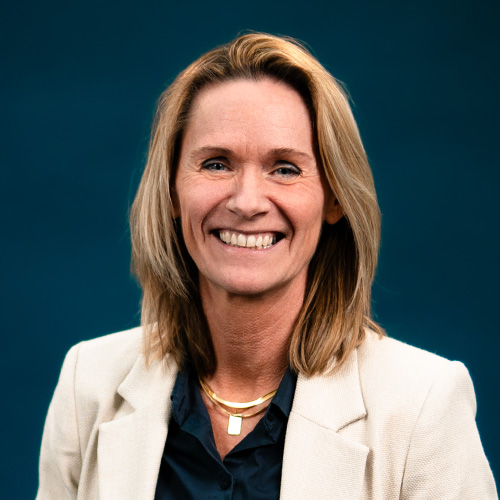
Latest Research and Data ensure improved Workplace Ergonomics
International and acknowledged mathematical model documents that efforts in ergonomics may reduce physical workload with up to 60%.
Human House Occupational Safety & Health launches a new collaboration with the Danish software company AnyBody Technology. AnyBody Technology researches in the field of musculoskeletal function and develops software and biomechanical models that simulate movements of the human body. By simulating the strain on the human body through advanced computer technology, it is possible to demonstrate the effects of technical and ergonomic aids. Director at Human House Pernille Vedsted explains why she is excited about teaming up with AnyBody Technology:
“At Human House we are obviously interested in gaining knowledge about ergonomics and its potential for prevention. It makes us even stronger in our field and helps us to provide our customers with the best and newest solutions for preventing musculoskeletal disorders in the workplace. The collaboration with AnyBody Technology is a step in our overall strategy and ambitions in relation to applied expertise where we always seek to combine scientific research and methods with the everyday practice and challenges of our customers. By combining the research and technology from AnyBody Technology with our own expertise and consultancy in the areas of prevention and ergonomics in the workplace, we’re able to achieve a very qualified assessment of physical workload in the workplace and at the same time document and estimate the effects of preventive actions.”
At AnyBody Technology the cooperation with Human House OSH is equally welcomed. CEO Jørgen Rosenkilde sees great potential in the insight Human House can provide through their close contact and correspondence with customers and their experience in the field of the physical working environment.
”AnyBody Technology’s collaboration with Human House OSH represents an important step in our strategy towards making biomechanical analyses accessible as a possible tool and solution to many of the problems companies face on an everyday basis. The human body is an extremely advanced system, and it is difficult – if not impossible – to measure its inner workloads directly. However, these workloads are the exact target of our measurements and analyses because the software we develop makes us able to calculate them with great precision. Our analytical methods represent new possibilities which until now have been completely unexploited. The outcome enables us to understand the risks of injuries and the effects of the ergonomic actions and aids that we use in the physical working environment,” Jørgen Rosenkilde explains.
Improvements in workplace ergonomics reduce workloads
Anybody Technology’s biomechanical analysis shows that through focused ergonomic actions it is possible to reduce the workload on muscles with up to 60%. Adding technical aids to this will reduce the workload even more.
”Development and progress in the area of technical aids is happening with high speed these years, and one of the noticeable new technical resources we see on the market is the exoskeleton. The exoskeleton is basically a wearable mechanical suit that workers can use to reduce the load on the body. By combining the exoskeleton with AnyBody Technology’s analytical model, we are able to secure optimal use of the exoskeleton and thereby reduce the development of musculoskeletal disorders,” Pernille Vedsted says.
Pernille Vedsted further explains how AnyBody Technology’s measurements are carried out in practice.
”The method is very simple and in no way interruptive for the individual’s work process. Elastic bands are applied to the worker’s clothes on specific areas of the body, and the job task is then carried out as usual. The data is wirelessly recorded and stored simultaneously. Based on the outcome of the data, we are able to carry out a detailed analysis of the physical workload on the body’s joints and muscles and furthermore provide a well-documented basis for identifying possible improvements and efforts that will reduce the development of musculoskeletal disorders,” Pernille Vedsted says.
